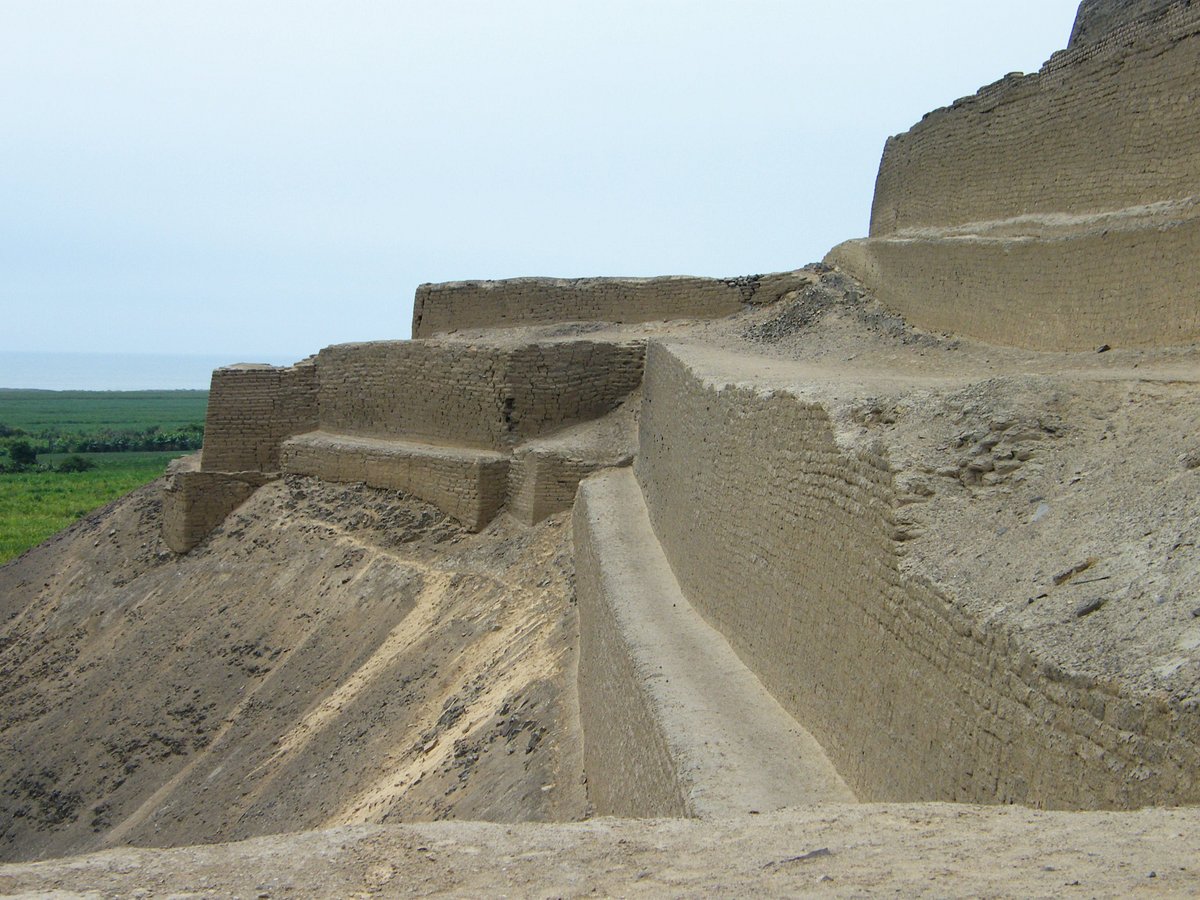Paramonga Fortress stands as a testament to the ingenuity of ancient cultures. Nestled in the coastal valleys of Peru, this pre-Inca citadel captures the attention of historians and travelers alike. It showcases the architectural prowess of the Chimu and the succeeding Inca civilization. Remnants of walls, reliefs, and impressive gateways beckon visitors to explore its storied past. The fortress, believed to be built in the 15th century, served multiple roles, from a military stronghold to a site of religious significance.
Chimú civilization
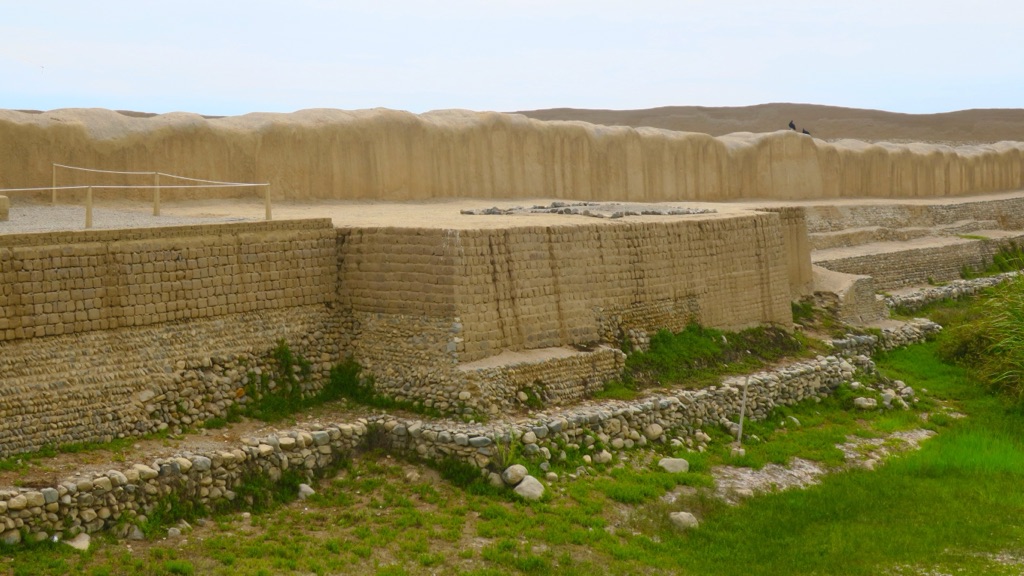
The Chimu civilization, which rose in the aftermath of the decline of the Moche culture, made a profound impact on the archaeological history of Peru. Flourishing between around AD 900 and 1470, it was one of the largest empires in South America before the rise of the Inca. The Chimu built their capital, Chan Chan, near present-day Trujillo. It was a sprawling city of adobe brick, one of the largest of its kind in the ancient world. Chan Chan is a testament to the Chimu engineers’ advanced understanding of water conservation and urban planning. The civilization was also renowned for its intricate metalwork in gold and silver, textiles, and pottery, showcasing a rich artistic tradition.
Ancient Chimu civilization was largely based on agriculture, managing an extensive network of irrigation canals that transformed the arid landscape into productive land. Governed by a powerful monarch, their sophisticated society was stratified, with a clear hierarchy from the ruling elite to the common laborer. Their beliefs centred around a moon deity, which they felt had more influence than the sun because it was visible at night. The Chimu also practiced human sacrifice, largely in response to environmental stresses like droughts and floods. When the Incas conquered the Chimu in the late 15th century, it marked the end of a civilization that had survived and thrived in a challenging environment for more than five centuries.
The Chimu civilization’s architectural prowess was not limited to the grandeur of Chan Chan. Their ingenuity extended to the creation of an intricate system of aqueducts, which not only facilitated the irrigation of their agricultural lands but also ensured the sustainability of their urban centers. This remarkable feat of engineering allowed the Chimu to cultivate crops in the harsh desert environment of the Peruvian coast, supporting a dense population and a complex society. The aqueducts, some of which are still in use today, stand as a testament to their advanced understanding of hydraulic engineering and environmental adaptation.
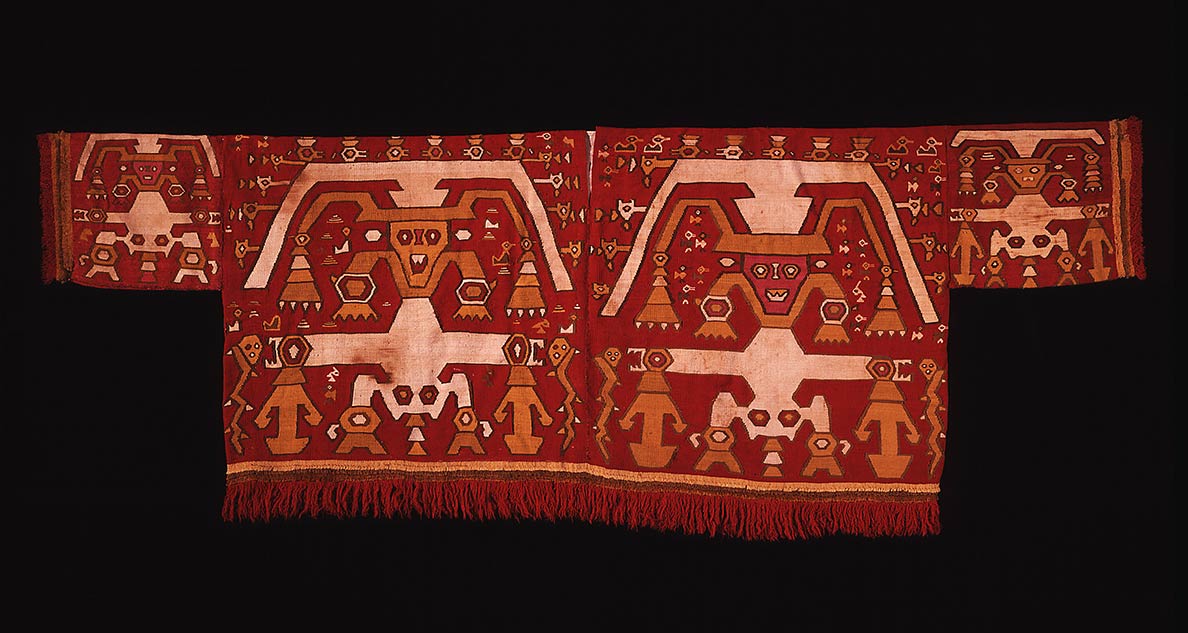
Moreover, the Chimu were master craftsmen, their skills unparalleled in the pre-Columbian Americas. Their metalwork, particularly in gold and silver, was not just a display of wealth and power but also a medium through which they expressed their religious beliefs and cosmological views. The intricate designs found in their jewelry, ceremonial attire, and religious artifacts reflect a deep connection with their environment, deities, and the cosmos. The craftsmanship of the Chimu civilization contributed significantly to the cultural heritage of Peru, influencing subsequent cultures and leaving a lasting legacy that continues to fascinate modern archaeologists and historians.
The social structure of the Chimu civilization was equally fascinating. At the apex was the king, considered semi-divine, who wielded absolute power over his subjects. Below him was a hierarchy of nobles, priests, and administrators who managed the day-to-day affairs of the state, the economy, and religious practices. The majority of the population were artisans, farmers, and laborers, who, despite their lower social status, played a crucial role in the prosperity of the Chimu civilization. This stratified society was a reflection of the Chimu’s complex political and economic systems, which allowed them to manage resources efficiently and maintain control over a vast empire.
The fall of the Chimu civilization to the Incas was a significant event in the history of pre-Columbian South America. Despite their military prowess and advanced societal structures, the Chimu could not withstand the expansionist policies of the Inca Empire. The conquest of the Chimu by the Incas in the late 15th century was not just the end of a civilization; it was the beginning of a new era in which the Inca would incorporate the vast knowledge and traditions of the Chimu into their own empire. This amalgamation of cultures enriched the Inca civilization, making it one of the most advanced and powerful empires in the ancient Americas. The legacy of the Chimu, from their architectural marvels to their sophisticated agricultural practices, continues to be a subject of admiration and study, highlighting their significant contribution to the cultural and historical tapestry of Peru.
Frequently Asked Questions about the Chimú Civilization
What was the Chimú civilization?
The Chimú civilization was a pre-Columbian culture that flourished on the northern coast of what is now Peru, from about AD 900 until its conquest by the Inca Empire in the late 15th century, around 1470 AD. Known for their advanced irrigation systems, significant achievements in metallurgy, and distinctive monochromatic pottery, the Chimú were the heirs of the Moche civilization and established their capital in Chan Chan, which is considered one of the largest pre-Columbian cities in South America.
What happened to the Chimú tribe?
The Chimú tribe, or more accurately, the Chimú civilization, was eventually conquered by the Inca Empire in the late 15th century, around 1470 AD. The Inca, led by Emperor Tupac Inca Yupanqui, incorporated the Chimú territory into their expanding empire. The conquest of the Chimú was a significant achievement for the Inca, as it allowed them to gain control over the Chimú’s extensive network of irrigation canals and agricultural lands, which were vital for supporting their growing population. Following their incorporation into the Inca Empire, the distinctive cultural practices and identity of the Chimú gradually blended into the broader Incan society.
What was the Chimú civilization timeline?
The Chimú civilization timeline spans from around AD 900, following the decline of the Moche civilization, to their conquest by the Inca Empire in approximately 1470 AD. During this period, the Chimú established themselves as a dominant force on the northern coast of Peru, with their capital at Chan Chan. The civilization reached its peak in the 15th century, just before the Inca conquest, controlling a vast territory and engaging in extensive trade networks that extended as far as Central America.
Did the Chimú practice child sacrifice?
Yes, the Chimú civilization did practice child sacrifice, a ritual that was not uncommon among ancient Andean cultures. Archaeological evidence, including findings from a site known as Huanchaquito-Las Llamas, has revealed mass graves containing the remains of children and llamas. These findings suggest that the sacrifices were made in response to significant events, possibly including natural disasters such as El Niño, with the aim of appeasing the gods. The children selected for sacrifice were possibly seen as the most pure and thus the most valuable offerings to the gods. This practice underscores the importance of religion and ritual in Chimú society.
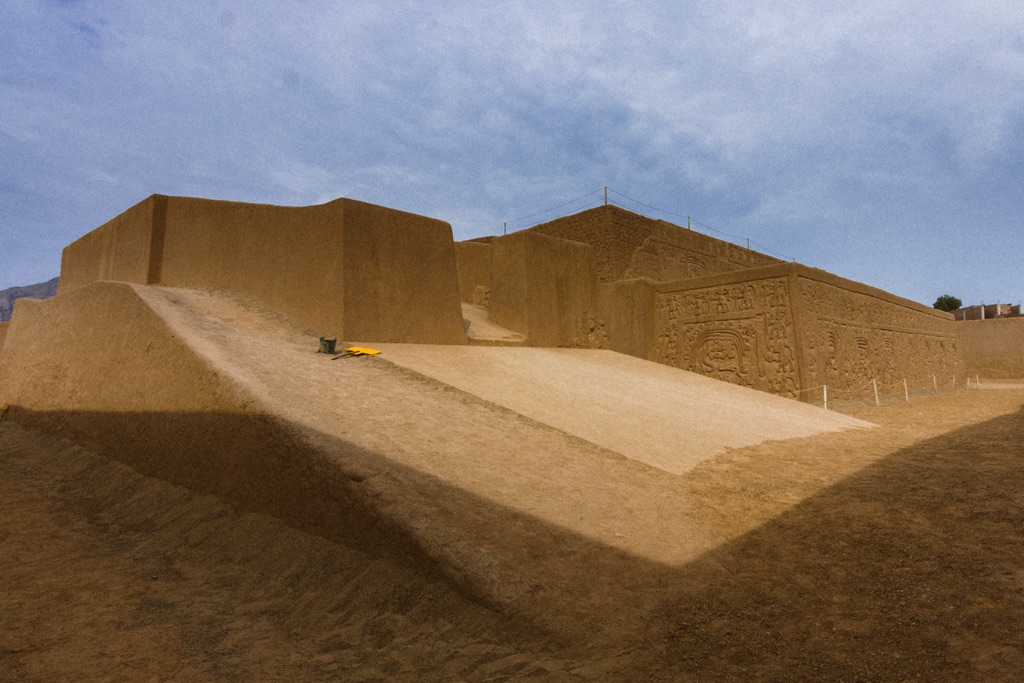
Huaca del Dragón
Discover Huaca del Dragón, a historical jewel nestled in the coastal desert of Peru. This ancient adobe pyramid is a testament to the engineering prowess of the pre-Columbian Chimu civilization. The site, also known as Huaca del Arco Iris due to its rainbow-like friezes, offers a unique glimpse into a bygone era. Its vibrant history and intricate architecture draw visitors from around the world, eager to explore its storied corridors.
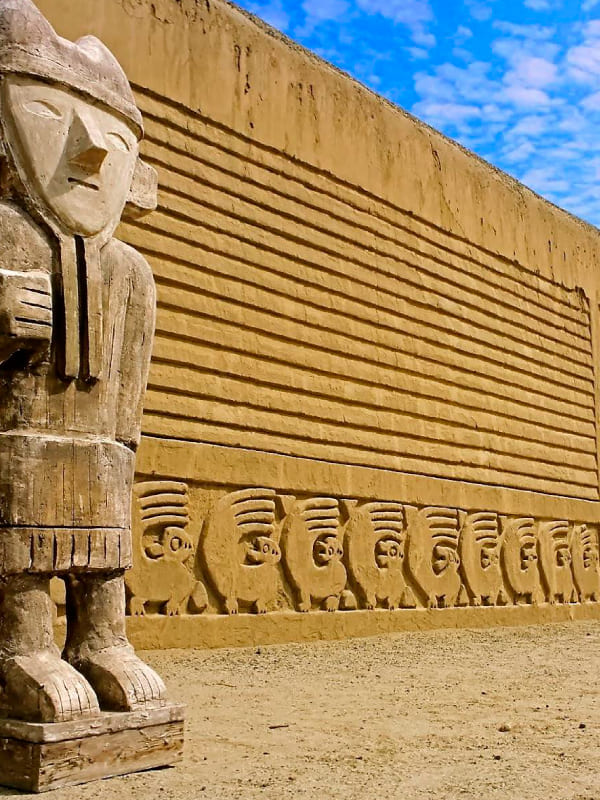
Chan Chan in Peru
Chan Chan, located in the Moche Valley of northern Peru, stands as a testament to the ingenuity of the Chimú civilization. It was the largest city of the pre-Columbian era in South America, and today it astonishes visitors with its grandeur. This archaeological site was once a vibrant center of politics, culture, and craftsmanship and held a population of approximately 30,000 people. Structures made from adobe clay, still visible, showcase the Chimú’s advanced engineering and artistic skills.

